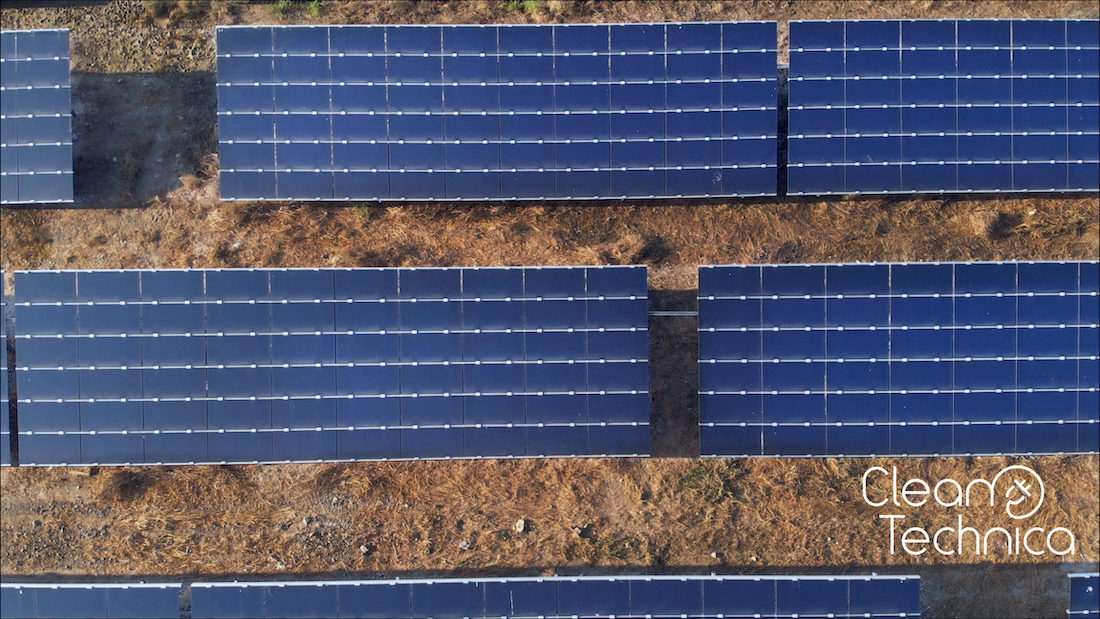Sign up for CleanTechnica’s Weekly Substack for Zach and Scott’s in-depth analyses and high level summaries, sign up for our daily newsletter, and/or follow us on Google News!
A new report is giving solar advocates even more reason to get excited about community solar. According to The Economic Impact of Community Solar, released by the Coalition for Community Solar Access (CCSA), these projects aren’t just delivering clean power, they’re also sparking serious economic growth.
Here’s the headline stat: a single 5-megawatt community solar project can generate around $14 million in local economic activity and support nearly 100 local jobs. And when scaled up? The potential impact is massive.
Community solar is designed to make clean energy more accessible, especially for people who can’t install solar panels on their rooftops, like renters or folks with shaded homes. Instead, they subscribe to a shared solar project nearby and get credits on their utility bill. It’s a win-win: clean energy for more people, and power that’s generated close to where it’s used.
Big Numbers, Bigger Impact
The report dives deep into what community solar could mean if states embrace it at scale:
- Building out 1 gigawatt (GW) of community solar can support over 18,000 jobs and pump $2.8 billion into local economies.
- Nationwide, community solar has the potential to drive $120 billion in total economic value.
Some states are already seeing what that looks like:
- In California, expanding community solar could generate $12 billion in economic activity and support 25,000 jobs.
- Virginia’s Shared Solar program could bring in $5.6 billion and create 46,000 jobs.
- In Ohio, developing 2,400 MW of community solar could support 18,000 jobs and drive $3.3 billion in economic impact.
“This is the energy policy equivalent of finding a $100 bill on the sidewalk — if you’re a governor or a legislator and you walk past it, you’re doing your state a disservice,” said Jeff Cramer, CEO of CCSA.
In Washington State, a separate study from the University of Washington’s Urban Infrastructure Lab showed that developing 500 MW over the next decade would create 16,500 job-years, generate $1.76 billion in economic output, and bring in $76 million in tax revenue.
Fast, Flexible, & Ready To Scale
One of the biggest selling points? Community solar can come online quickly — usually in just 12 to 18 months. That’s huge, especially as demand for electricity keeps rising due to electrification, electric vehicles, and power-hungry data centers.
“States are running out of time and options,” said Cramer. “Community solar is fast, cost-effective, and it works. We don’t have 10 years to build our way out of this energy crunch. In some cases, we have 18 months — and community solar fits the timeline.”
Plus, these projects are built using existing distribution infrastructure and often go on land that’s already developed or underused, making them low-impact and quick to deploy. As the US seeks to meet rising energy demands and promote economic growth, community solar emerges as a viable and inclusive strategy, delivering clean energy and substantial economic returns to communities across the country. Read the whole report here: The Economic Impact of Community Solar (PDF)
Whether you have solar power or not, please complete our latest solar power survey.

Have a tip for CleanTechnica? Want to advertise? Want to suggest a guest for our CleanTech Talk podcast? Contact us here.
Sign up for our daily newsletter for 15 new cleantech stories a day. Or sign up for our weekly one if daily is too frequent.
CleanTechnica uses affiliate links. See our policy here.
CleanTechnica’s Comment Policy

